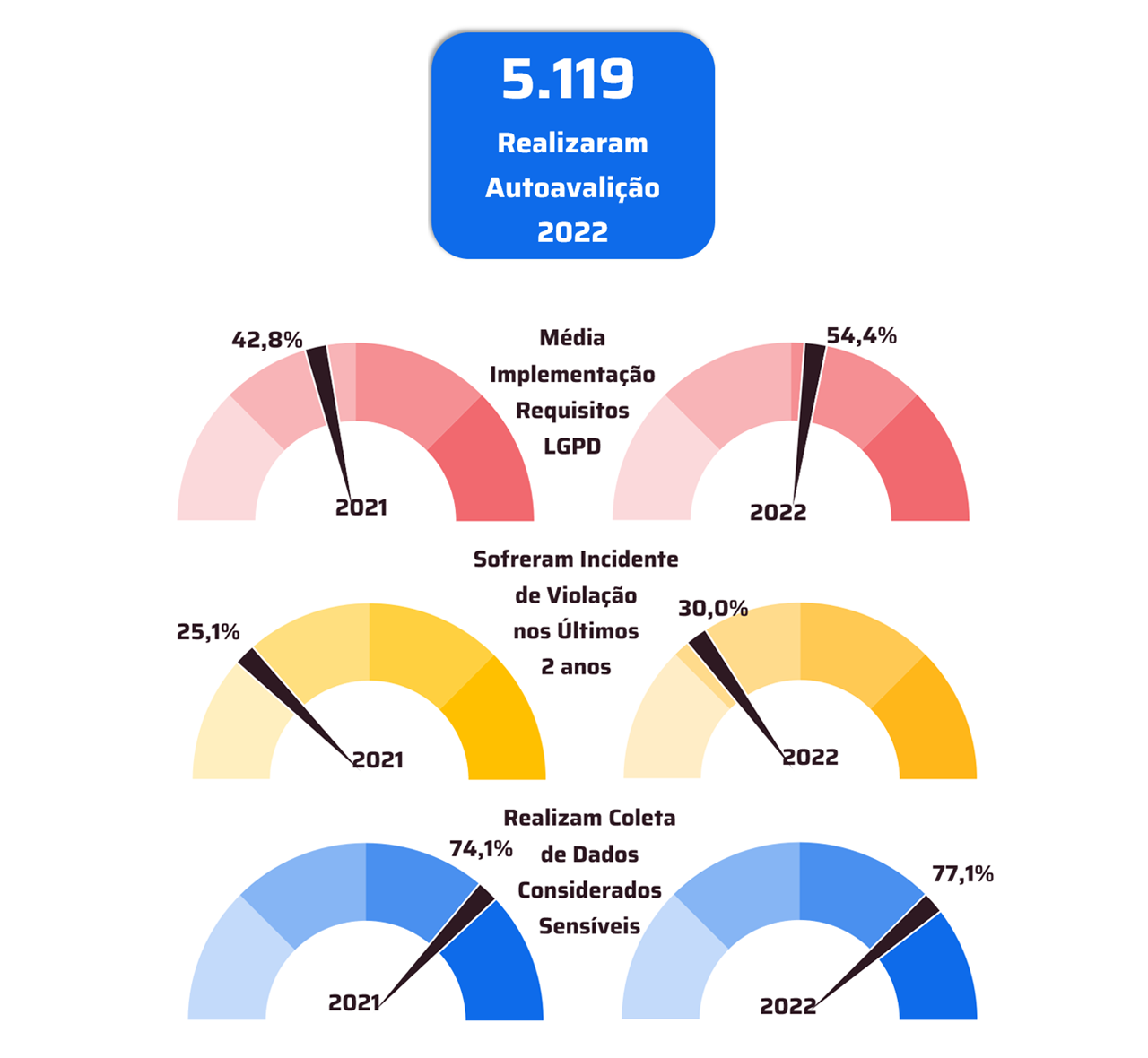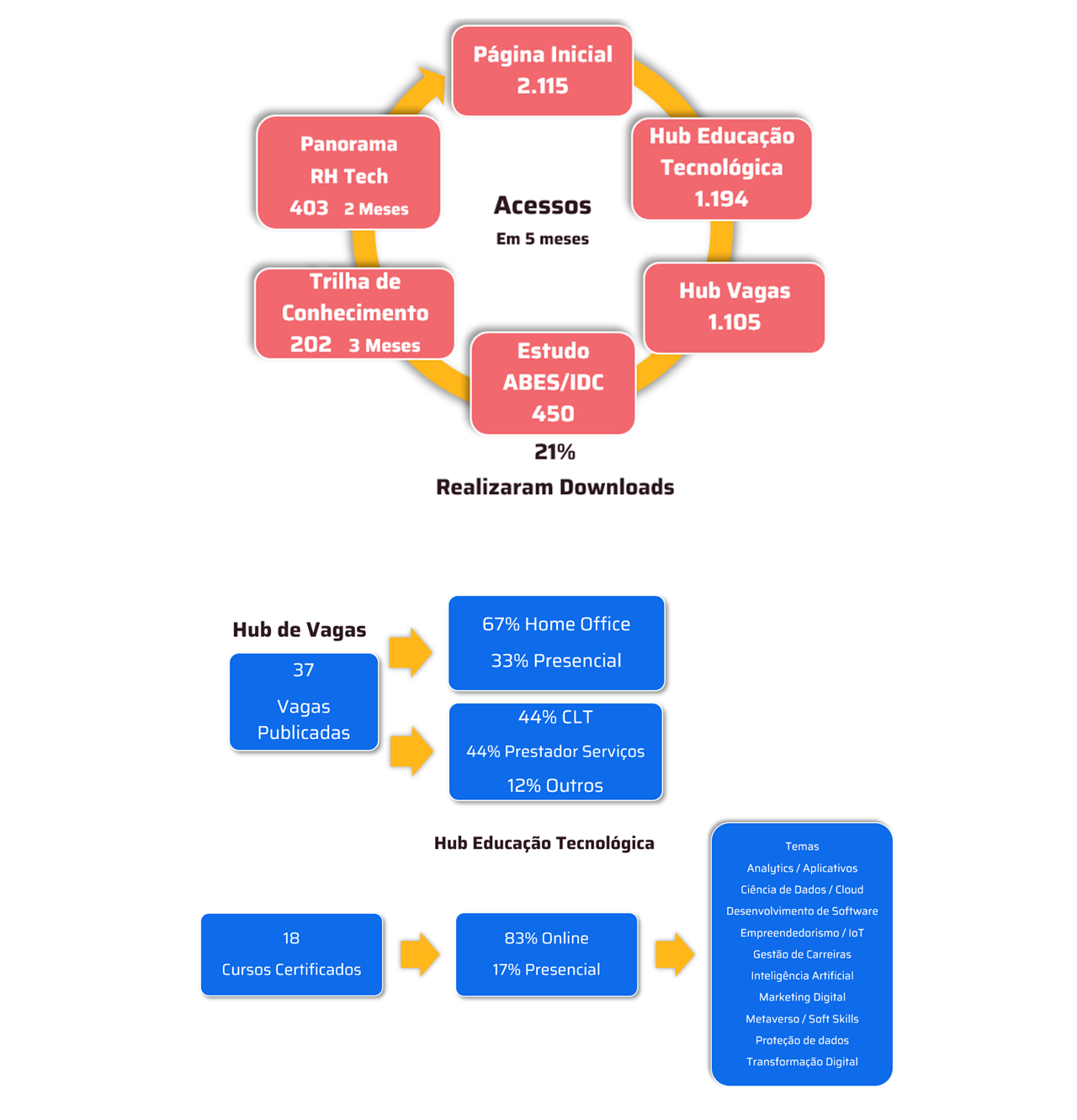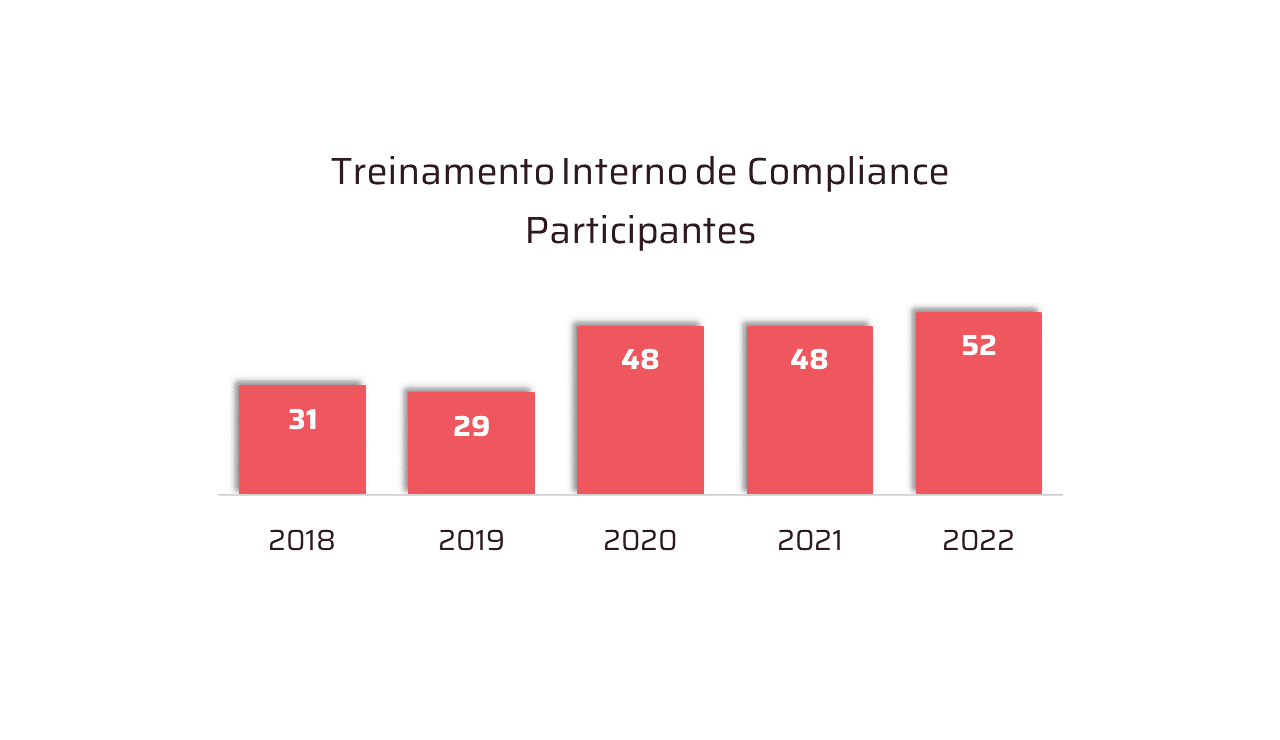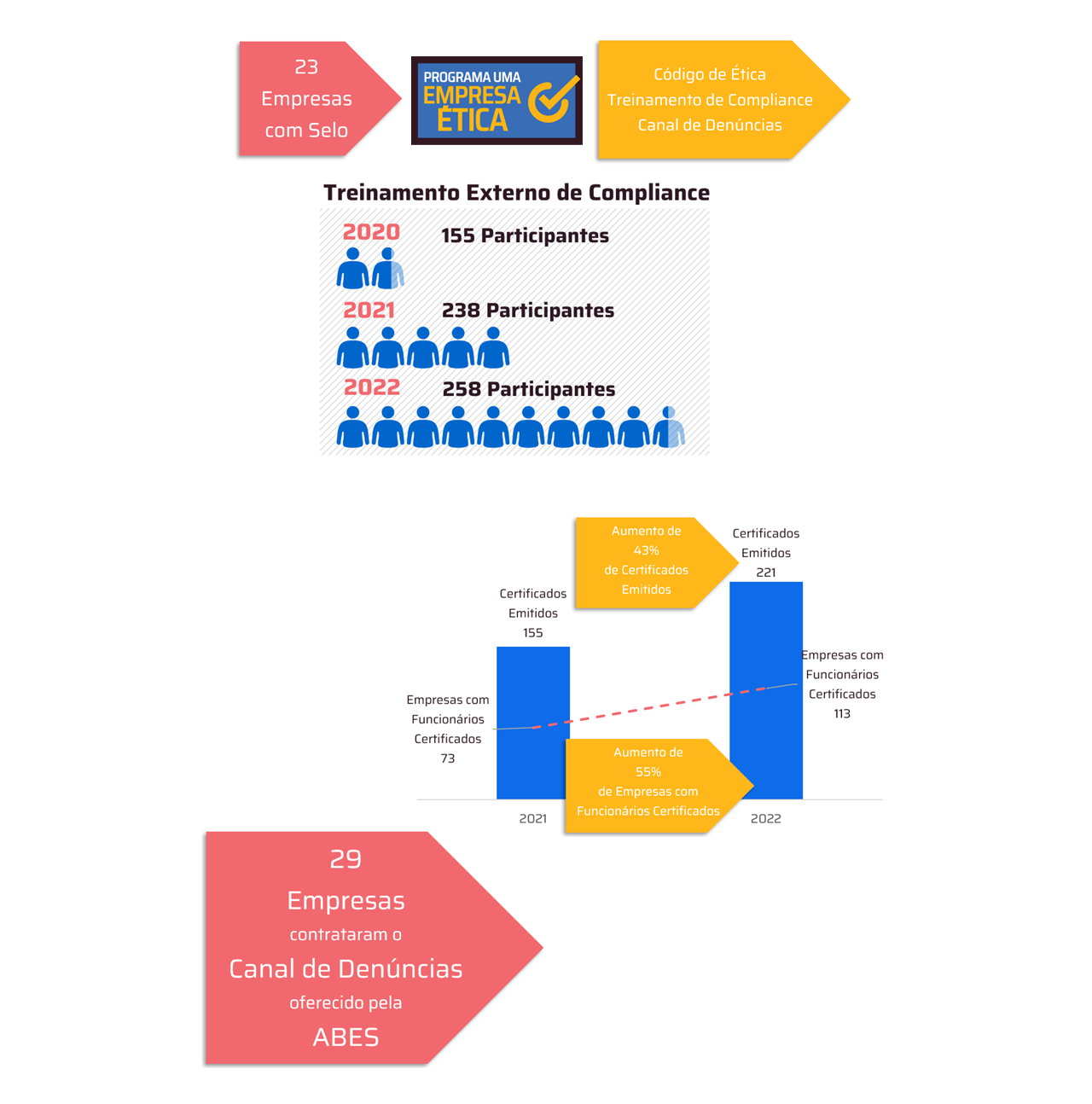 *By Mayra Oliveira
*By Mayra Oliveira
While IT departments play a central role in implementing tools and processes to protect corporate data, company-wide involvement is essential to preventing incidents. In this scenario, internal communication (IC) plays a crucial role in integrating employees and IT, promoting awareness and adoption of best security practices.
The Fundamental Role of Internal Communication
Internal communication allows you to translate IT technical guidelines into accessible guidance for all employees. Without this intermediation, important messages and instructions can be ignored or even misinterpreted, increasing risks for the company. Internal communication organizes and distributes information clearly, helping to disseminate guidance on:
- Safety rules, such as the appropriate use of passwords and care when accessing confidential systems and documents;
- Threat recognition, such as ransomware, phishing, or unauthorized access attempts;
- Procedures to be followed in case of incidents, such as reporting suspicious activity to the IT team.
This action is essential for efficient alignment between the IT department and other areas, ensuring that security guidelines are understood and applied correctly.
Awareness Strategies
To help employees become safety ambassadors and strengthen this culture, internal communications, in partnership with IT, can adopt strategies such as:
- Ongoing awareness campaigns: Plan a calendar of actions that keeps the topic in the spotlight throughout the year, addressing topics such as personal data protection and appropriate behaviors for remote work.
- Informational materials and objectives: Use simple communications, such as quick guides, frequently asked questions, or presentations with practical examples.
- Trainings and workshops: Work in partnership with IT to conduct periodic training that simulates real-life situations, such as phishing attacks, helping employees identify threats and respond appropriately.
- Feedback and dialogue channels: Create spaces where employees can ask questions and make suggestions directly to IT teams or security leaders.
It is worth remembering: Actions should not be one-off, but rather continuous, frequently reinforcing protocols, warning about new threats and celebrating good practices identified within the organization.
Long-Term Results
In the long term, consistent internal communication initiatives strengthen understanding and adherence to information security practices. Sensitive data is better protected when all employees understand their role in this process. By integrating IT efforts with effective communication strategies, organizations create a more secure, resilient corporate environment that is aligned with the challenges of the digital age.
*Mayra Oliveira, Head of Marketing and Communications at Tibox
Notice: The opinion presented in this article is the responsibility of its author and not of ABES - Brazilian Association of Software Companies

















